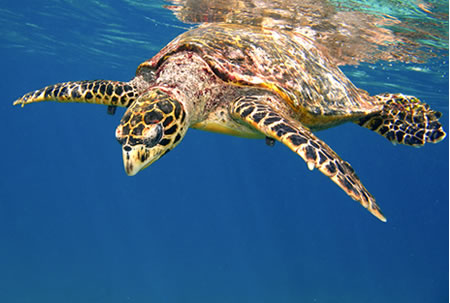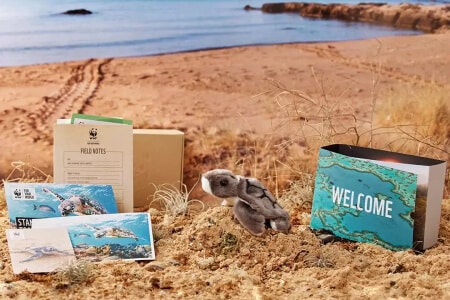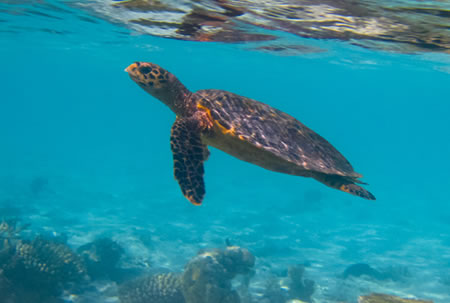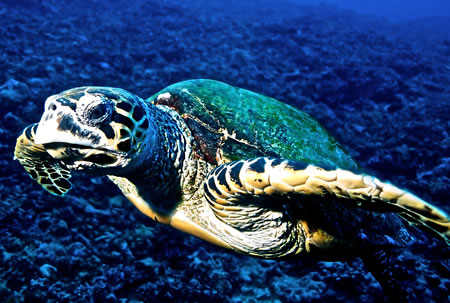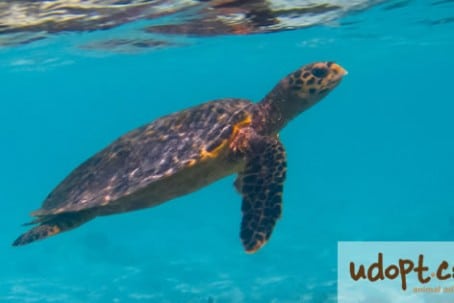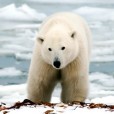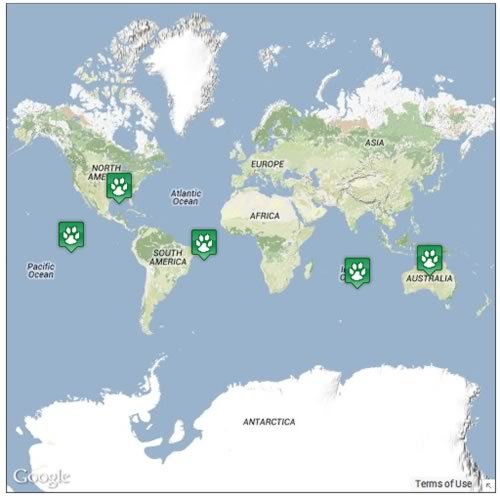Adopt a turtle and receive
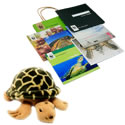 A cuddly toy of your Hawksbill turtle.
A cuddly toy of your Hawksbill turtle.- A factbook all about the turtle along with bookmarks and stickers too.
- A certificate to frame your commitment to the WWF (printed on recycled paper).
- Two exclusive magazines: WWF’s ‘Wild World’ and ‘My Turtle’ with news and updates for your adopted animal.
udopt'r choice
The Hawksbill turtle is one of the world’s great travelers, covering distances of up to 2400km between their feeding and breeding grounds. As you can imagine they are quite athletic as that’s a long distance to swim! They are relatively heavy animals for their size, and generally like to spend time alone. They can sometimes be found sunbathing in the sea, floating on their backs catching a few rays!
udopt it because
- Only 1 in 1,000 marine turtle hatchlings make it to adulthood
- Your kind donation will help WWF to save the Hawksbill turtle from extinction before it’s too late.
- It’s great as a last-minute gift as the gift certificate can be printed or emailed immediately following payment.
- Adoption programmes start from as little as £5.00 a month.
>> Adopt a Turtle Today
Adopt a Turtle Gallery
WWF Adopt an Animal Information
Since 1961 WWF have been advocating and giving a voice to the animal kingdom. Recognised for their work internationally udopt is proud to feature WWF animal adoptions programmes. Adopt and you will receive a gift pack including a cuddly toy (or a personalised book with a Tiger adoption), a certificate plus lots more. You'll also get regular updates throughout the year.
https://wwf.org.uk/UK Registered Charity Number 1081247
Delivery information
By Post :
FREE Delivery Your gift pack will be delivered within the UK FREE of charge. Your package will be sent out within 2 business days, but please allow up to 5 days for delivery.
Last Minute Gift? :
Left it until the last minute? The good news is you can still receive a gift certificate to print or email up to the big day! You will then receive the gift pack within 10 days of ordering!
Did you know?
- Female turtles travel up to 2400km between their feeding and breeding grounds.
- It usually takes more than 30 years for a Hawksbill turtle to reach adulthood (a bit like some humans!).
- They can weigh up to a whopping 50kg!
- They lay up to 120 eggs, with the sex of the hatchlings determined by the temperature in the nest!
Our Hawksbill turtle says…
Hi there, I’m a Hawksbill turtle. I’m a bit funny looking and have a beak like a parrot! Please help me as I’m currently under threat and desperately need your help before I drift into extinction. There aren’t many of us left and it would be horrible if we all disappeared. Please help us if you can.


